Learn how to season carne asada meat with a simple, flavorful recipe. This guide covers essential ingredients, step-by-step instructions, pro tips, and grilling techniques for perfect results every time.
Table of Contents
- What Exactly Is Carne Asada?
- Essential Ingredients for the Perfect Seasoning
- Step-by-Step Guide to Seasoning Carne Asada Meat
- Pro-Level Hacks for Flavor Perfection
- Grilling Your Carne Asada to Perfection
- Frequently Asked Questions (FAQs)
- Final Thoughts on Seasoning Carne Asada Meat
What Exactly Is Carne Asada?
Carne asada literally means "grilled meat" in Spanish, and it's a staple in Mexican cuisine, especially when making tacos, burritos, or fajitas. The key to great carne asada lies not only in the cut of beef but also in how well it's seasoned. Unlike other grilled meats that might rely heavily on marinades, carne asada celebrates bold flavors with a simple yet powerful blend of spices.
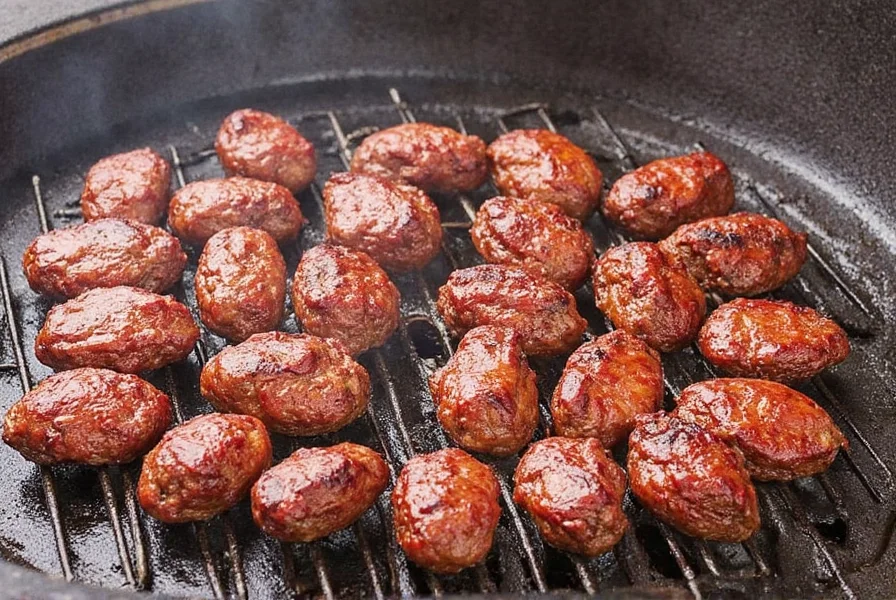
Essential Ingredients for the Perfect Seasoning
Before we dive into the step-by-step process, let's take a look at the essential ingredients that bring carne asada to life:
- Salt — The foundation of any good seasoning. Kosher salt is ideal for even distribution without overpowering the meat.
- Black Pepper — Adds earthiness and a subtle heat. Freshly cracked pepper provides the best flavor.
- Garlic Powder — For that aromatic punch. Avoid garlic salt as it contains added sodium.
- Onion Powder — Enhances sweetness and depth without the texture of fresh onions.
- Cumin — Signature warm, nutty flavor of Mexican dishes. Use ground cumin for consistent results.
- Paprika — Adds color and mild smokiness. Smoked paprika elevates the flavor profile significantly.
- Lime Juice — Brightens up the whole profile. Fresh lime juice is preferred for optimal acidity.
- Olive Oil or Vegetable Oil — Helps the seasoning stick and prevents burning. Avocado oil works best for high-heat grilling.
A Comparison Table: Dry Rub vs. Marinade
| Type | Main Components | Flavor Impact | Time Required | Best For |
|---|---|---|---|---|
| Dry Rub | Salt, pepper, garlic powder, cumin, paprika | Concentrated, crusty exterior | 30 mins to 2 hours | Thin cuts like skirt steak |
| Marinade | All dry rub ingredients + lime juice, oil, herbs | Deeper penetration, juicier meat | 2--6 hours | Thicker cuts or tougher meats |
Step-by-Step Guide to Seasoning Carne Asada Meat
Now that you've got your ingredients ready, let's break down the steps to make sure your carne asada is perfectly seasoned every time.
Step 1: Choose the Right Cut
Skirt steak or flank steak are traditional choices for carne asada because they absorb flavors well and char beautifully. Make sure to trim excess fat for better texture.
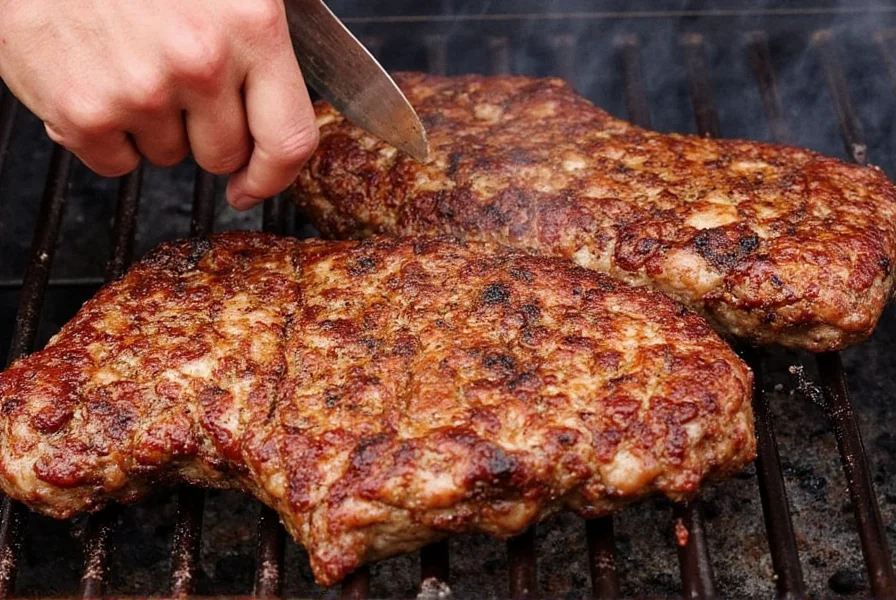
Step 2: Prep the Seasoning Mix
In a small bowl, combine:
- 2 tbsp salt
- 1 tbsp black pepper
- 1 tbsp garlic powder
- 1 tsp onion powder
- 1 tsp ground cumin
- 1 tsp paprika
- 2--3 tbsp lime juice
- 2 tbsp olive oil
Mix until it forms a coarse paste or sprinkleable rub.
Step 3: Apply Generously
Rub the seasoning mix evenly over both sides of the meat. If using a marinade, wrap tightly and refrigerate for at least 2 hours, preferably overnight.
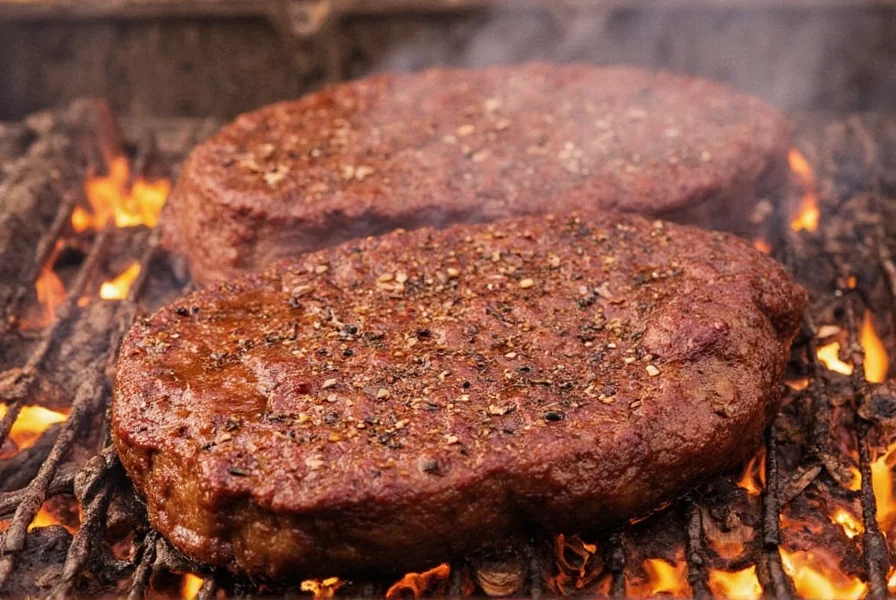
Step 4: Let It Rest
Letting the meat rest after seasoning allows the flavors to penetrate deeper. Even 30 minutes at room temperature makes a noticeable difference.
Pro-Level Hacks for Flavor Perfection
If you want to really impress your taste buds (or your dinner guests), here are some advanced tips to elevate your carne asada seasoning game:
- Add Fresh Herbs: Chop cilantro or oregano into your marinade for a fresh kick.
- Charred Garlic: Roast whole garlic cloves before mashing them into your seasoning paste for deeper flavor.
- Fish Sauce Hack: A splash adds umami depth without tasting fishy — trust us!
- Smoked Paprika: Swap regular paprika for smoked to get that authentic fire-grilled flavor indoors.
- Orange Zest: For a unique twist, add a bit of orange zest along with lime juice for citrus complexity.
Grilling Your Carne Asada to Perfection
Seasoning is half the battle — cooking it right is the other half. Here's how to nail that sizzling goodness:
- Preheat the Grill: You want it screaming hot. Aim for 450--500°F (230--260°C).
- Don't Overcrowd: Cook in batches if needed to maintain heat and get that nice sear.
- Flip Once: Resist the urge to constantly flip. Let each side develop a crispy crust.
- Rest Before Slicing: Let rest for 10--15 minutes so juices redistribute.
- Against the Grain: Slice thinly across the grain for maximum tenderness.
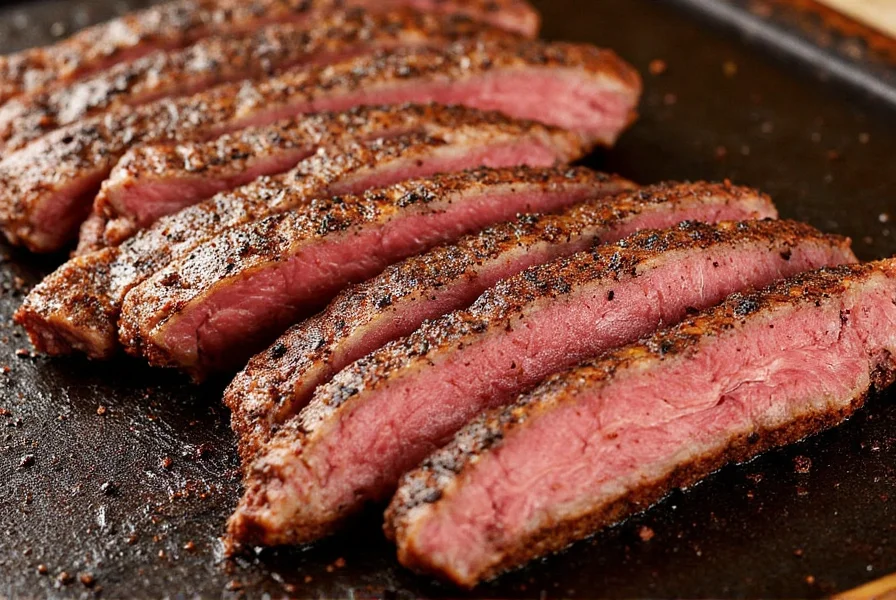
Frequently Asked Questions (FAQs)
How much seasoning should I use per pound of carne asada meat?
For optimal flavor, use about 1½ to 2 tablespoons of seasoning mix per pound of meat. This ensures good coverage without overwhelming the natural beef flavor. If using a marinade, make sure the meat is fully coated on all sides.
Can I use a dry rub instead of a marinade for carne asada?
Absolutely! Dry rubs work exceptionally well for carne asada, especially with thinner cuts like skirt steak. The dry rub creates a flavorful crust while allowing the natural meat juices to shine through. For best results, apply the rub and let the meat rest for at least 30 minutes before grilling.
Can I use bottled lime juice instead of fresh?
Absolutely! Just make sure it's 100% lime juice with no added sugars or preservatives. Fresh always tastes better, but bottled works in a pinch.
How long should I marinate carne asada meat?
For best results, marinate for at least 2 hours, but 6--8 hours is ideal. Overnight in the fridge gives deep flavor penetration. Don't exceed 24 hours as the acid can start to break down the meat too much.
Do I need to poke holes in the meat before marinating?
Nope! That actually causes moisture loss. Instead, just apply the marinade generously and let it sit. The natural fibers will do the work.
What kind of steak is best for carne asada?
Skirt steak and flank steak are the traditional favorites. They offer great marbling and texture for grilling. Skirt steak tends to be more tender and flavorful, while flank steak has a slightly leaner profile.
Can I freeze seasoned carne asada meat?
Yes, you can! Wrap tightly in plastic wrap and foil, then label and freeze. Thaw in the fridge and cook within 24 hours for best results. Marinades with citrus can slightly "cook" the surface of the meat over extended freezing periods, so 1-2 months is the recommended maximum.
Should I salt carne asada before or after applying other seasonings?
Salting is most effective when done early in the process. For carne asada, mix the salt with your other dry seasonings and apply them all at once. This allows the salt to penetrate the meat while the other spices create a flavorful crust during grilling.
Final Thoughts on Seasoning Carne Asada Meat
Seasoning carne asada meat isn't rocket science, but getting it right takes a little knowledge and a lot of love. Whether you're a weekend warrior firing up the grill or a seasoned chef looking for inspiration, mastering the art of seasoning opens up a world of flavor possibilities.
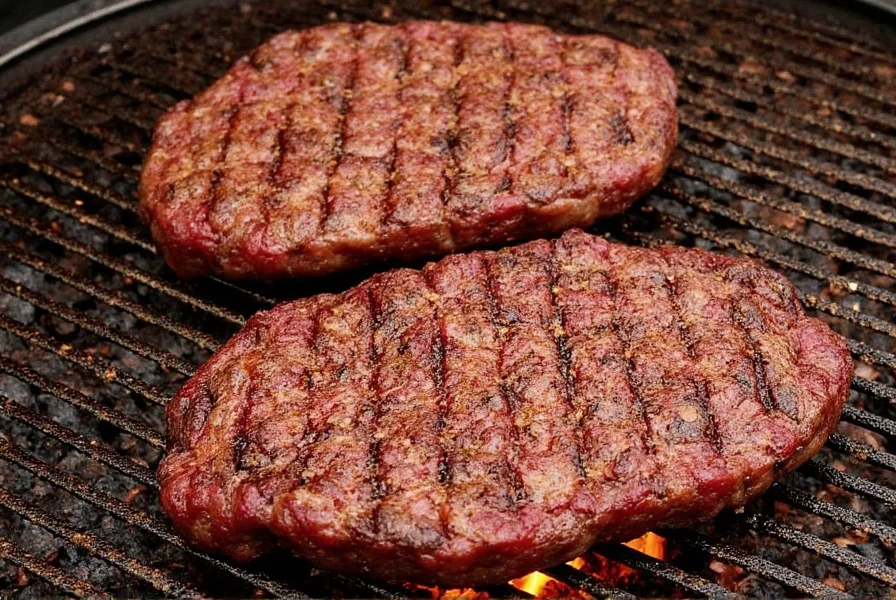
So grab your favorite cut, whip up your seasoning mix, and let those smoky, zesty flavors shine. With these tips and tools in your arsenal, your next carne asada will be nothing short of legendary. Happy grilling!

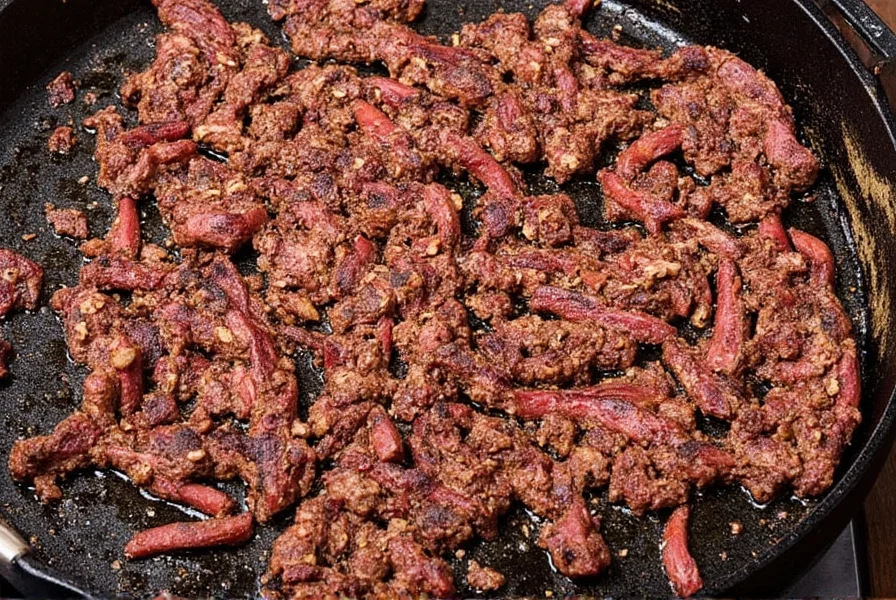









 浙公网安备
33010002000092号
浙公网安备
33010002000092号 浙B2-20120091-4
浙B2-20120091-4